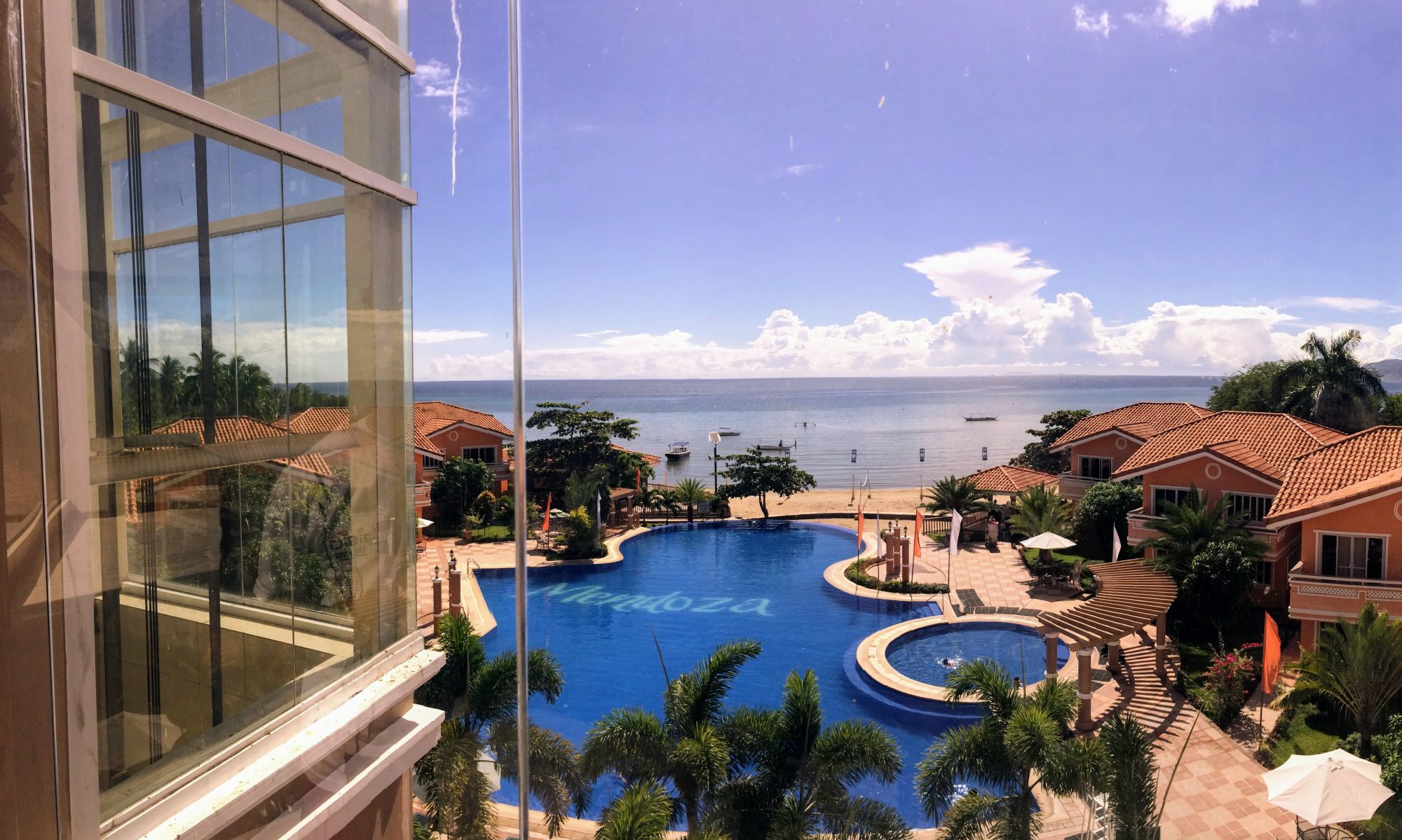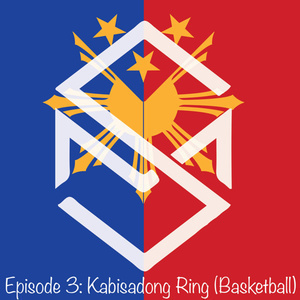Welcome Charles & Episode 3 Kick-off!
Episode 3 of the podcast, titled “Kabisadong Ring”! Today, I’m thrilled to have my good friend Charles joining me. We met way back around 1998 at Riverside Community College (RCC), and ever since, whenever we connect, basketball is always the main topic. So, who better to have on for a basketball-themed episode? Thanks for being here, Charles!
Shout Outs & Feedback Loop
Before we dive in, a few shout-outs based on feedback from the first couple of episodes:
- Jeff (JBTech Enterprise): He tripped out hearing on Episode 1 that I didn’t meet my own brother until he was two! Wild, right? Even close friends didn’t know that story.
- Ernest: He texted after listening and is ready for me to take him and his wife to the Philippines next time I go! It sparked a thought about travel – I usually prefer visiting countries where I know a local, like my trips back home or that time friends showed us around Rosarito, Mexico (loved the seafood!). It just makes for a better, safer experience. Charles agrees!
The Philippines Basketball Scene
Okay, let’s talk hoops! Charles is a true Laker fan – like, since the 80s, pre-Shaq/Kobe! – so he knows his stuff.
The Philippines loves sports. Obviously, basketball is huge, but so are billiards (Efren Reyes is a legend!), volleyball (the women’s college games are intense!), boxing (Manny Pacquiao!), bowling, and tennis.Basketball has its own professional league, the PBA (Philippine Basketball Association). It’s like a 12-team league, with teams sponsored by major companies – the 2016 champs were the San Miguel Beermen! Yes, named after the beer. They have rules about “imports” (non-local players), often with height restrictions (like 6’5″ or 6’9″ depending on the tournament) and maybe requiring residency or dual citizenship. The last big name I remember playing there was Andray Blatche.
Filipinos Making Waves in US Basketball
We’ve got some Filipino representation in US hoops too, which is always cool to see!
- Jordan Clarkson (Lakers): Half-Filipino descent, has dual US/PH citizenship. Solid player coming off the bench! Charles and I briefly compared him to Eddie Jones (offensively maybe, not defensively!).
- Eric Spoelstra (Heat Coach): Also of Filipino descent. We tend to claim anyone with a drop of Filipino blood! (Like we did with Tiger Woods in golf!)
- Kobe Paras (Creighton Bluejays): Son of PBA legend Benjie Paras. He was briefly at UCLA, now playing D1 ball at Creighton. Named after… well, you can guess! He looks promising.
The Wild World of Filipino Pickup Hoops (Kabisadong Ring!)
Now for the main event: comparing my experiences playing pickup basketball in the Philippines versus here in the US. There are some major differences.
- Betting is Mandatory: I’ve never played a pickup game there without money or something on the line. Even if it’s just small change (like 10 pesos, maybe 20 cents US). Asking to play “just for fun” gets weird looks. It’s just how it is, maybe playing “for something” is the principle. Forget injury concerns – the pot wouldn’t cover medical bills anyway!
- Subs Mid-Play?!: Pickup games often have substitutes! Sometimes it’s guys working nearby (like jeepney drivers/conductors on break) who might have to leave suddenly. Other times, smokers need a breather. They just run onto the court mid-play, hockey-style, but without clear rules. It gets confusing fast, especially when the guy you’re guarding suddenly vanishes!
- Shoes Optional (Barefoot & Flip-Flops): Many players can’t afford shoes, prefer playing barefoot, or even play in flip-flops (“tsinelas”). Sometimes, being barefoot is better because courts (often painted cement/asphalt) can be dangerously slippery. Playing with shoes can make you stand out (“Oh, he must be American/rich”). I always feel bad if I accidentally step on someone’s bare foot after a rebound – throws my game off! Some guys even play with one flip-flop on, one off – maybe for dominant foot grip? Wild.
- The Ball & The Rim (“Kabisadong Ring”): The ball is usually rubber (cheaper, lasts longer outdoors). The rims? Oh man. They can be lopsided, imperfect circles, bent, or vibrate like crazy. This is where “Kabisadong Ring” comes in – it’s a Tagalog phrase meaning you’re “used to” or “very familiar with” the rim. Locals who play on a specific court know exactly how the ball will bounce off that messed-up rim. They have a huge home-court advantage, making impossible-looking shots. Courts can also be dirt, and rim height isn’t always standard.
- Full Court Rules: Games often go to 15 or 16, and you switch sides halfway through (e.g., at 8 points)! Inbounding is fast, often from anywhere, with no “check ball.” Forget setting screens; it’s mostly fast-paced ISO-ball.
- Half Court Rules: Loser takes the ball out after a score (opposite of US). There’s no clearing the ball after a defensive rebound – you can just put it right back up! Scoring isn’t always clear (1s or 2s?), and they rarely call out the score. No “check ball” either. You gotta be ready!
- Team Picking & No “Got Next”: Teams often form by matching up similar-sized players and doing rock-paper-scissors. Pre-existing teams are common too. The concept of “I got next” is rare because winners often leave (they won their money!), and losers often can’t afford to bet again. It’s usually one-and-done, unlike US parks where you can play for hours.
Final Thoughts with Charles
Charles was definitely surprised by some of these rules, especially the mandatory betting, lack of clearing, and mid-game subs. It’s a completely different environment and style of play – fast-paced, offense-heavy, and you definitely have to adjust. Even though I know these things, it still feels weird every time I go back and play. But hey, I just want to hoop, so if I have to pay to play (sometimes covering the whole team just to get a game going!), I’ll do it!
Tagalog Word in this episode
Kabisadong ring. Kabisadong or kabisado means “used to” or familiar. Ring means the basketball rim. It’s not really tagalog but it describes the shape of the rim, circle, which is the same shape of a ring. I chose this word because there’s part of the podcast where I describe the conditions of the rims there. They are wobbly, worn, unstable, bouncy. So if you’re familiar with the rim, you can basically throw up a brick but because you know the rim, more than likely it’ll bounce in.

